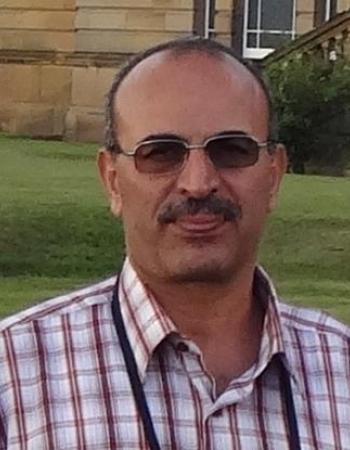Evaluating the possible feeding strategies of selenium nanoparticles on the growth rate and wellbeing of European seabass (Dicentrarchus labrax).
Dawood, Marwa F. Abd El-Kader, Ahmed. F. Fath El-Bab, Moustafa Shoukry, Abdel-Wahab A. Abdel-Warith, Elsayed M. Younis, Eman M. Moustafa, Hanan B. El-Sawy, Hamada A. Ahmed, Hien Van Doan, Mahmoud A.O. . 2020
The study aimed at evaluating the possible feeding strategies of selenium (Se) nanoparticles on the performances of European seabass (Dicentrarchus labrax). The first group fed the basal diet continuously (control) while the second group offered Se (1 mg/kg diet) every day (R1). The third group fed the basal diet one day then Se diet every other day (R2), and the fourth group basal diet for two days then fed Se diet every two days (R3). The FBW, WG, and SGR were significantly improved in the R1 group than fish in the other groups (P < 0.05). The FCR was significantly reduced by feeding Se nanoparticles to fish in R1, R2, and R3 groups than the control with the lowest being in R1 group (P < 0.05). The R1, R2, and R3 groups had enhanced values of Hb, RBCs, and WBCs (P < 0.05). Additionally, the blood total protein and globulin of fish fed in R1, R2, and R3 groups was significantly higher than the control (P < 0.05). Phagocytic index, phagocytic, lysozyme activities were significantly higher in fish fed Se nanoparticles (R1, R2, and R3 groups) than fish fed the basal diets (P < 0.05). The antioxidative related indices (SOD, CAT, and GPx) were enhanced in fish of R2 group while the concentration of MDA was reduced (P < 0.05). Further, the level of MDA was decreased in fish of R1 group that fed dietary Se nanoparticles every day. The relative expression of liver GH, IGF-1, IL-8, and IL-1β genes were significantly upregulated in fish of R1, R2, and R3 groups while HSP70 gene was reduced (P < 0.05). In conclusion, fish fed dietary Se nanoparticles at 1 mg/kg either daily, every other day, or every other two days had enhanced growth rate, feed efficiency, haemato-biochemical indices, immunity, antioxidative responses, and anti-inflammatory impacts on European seabas

Heat stress (HS) is a significant environmental factor that leads to substantial financial losses in the rabbit industry. In the present study, betalains and organic selenium (Ose) were used as …

Background Candida albicans infection induces economic losses in aquaculture practices. Currently, the success of
the nanotechnology field has gained more consideration in the aquaculture…

The potential use of feed supplements as immune-stimulant and growth-promoting agents in fish diets has drawn
much attention. The current research investigated the effects of feeding Nile…

